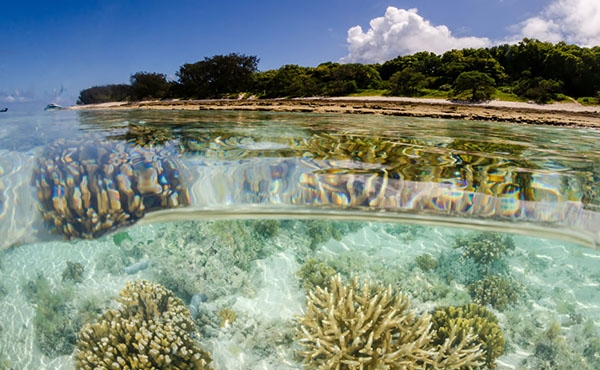The condition of the Region depends on a range of chemical, physical and ecological processes, the health of connected coastal ecosystems, and impacts of disease and pest outbreaks. Thirty-one ecosystem health components are assessed across those 5 areas, and around 60 per cent remain in good to very good condition; the rest are in poor to very poor condition. Five of the 31 components have deteriorated (but not changed grade) since 2019, including four components across physical processes (sea temperature and sea level), chemical processes (ocean pH) and ecological processes (reef building). These continued declines in ecosystem condition are largely driven by the ongoing chronic effects of climate change, in particular ocean warming.
Sea temperatures have continued to increase over the past 5 years, and this component remains very poor. Record high sea temperatures were recorded in February 2020, and marine heatwaves triggered mass coral bleaching (although not significant mortality) in both 2020 and 2022. Notably, the 2022 event was the first mass coral bleaching event to occur during a La Niña year. Since 2019, the La Niña climatic phase has dominated. This phase is usually associated with cooler weather in the Region so it may have moderated the effect of extreme temperatures. Sea temperature and other physical and chemical processes, such as sea level and ocean pH, will continue to deteriorate as the effects of climate change accelerate.


